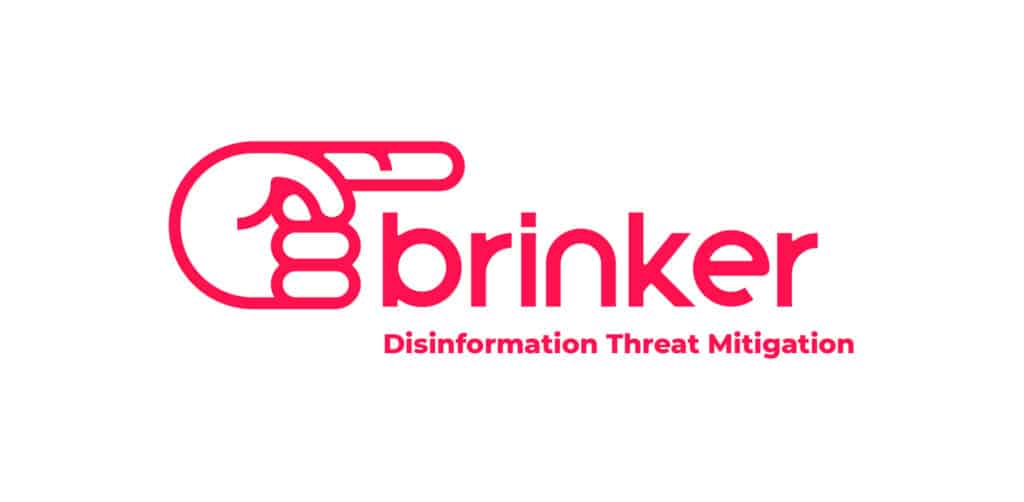In what sounds like a worst-case scenario, Adobe Corp. admitted on Thursday that a massive breach of its corporate network resulted in the theft of information on close to three million customers and source code for two widely-used products: Adobe Acrobat, Acrobat Publisher, Cold Fusion and “other” as-yet undisclosed products. The news came in a string of announcements late Thursday on Adobe’s corporate blog as well as the news site Krebsonsecurity.com. The revelation came after Brian Krebs, the reporter behind that site, and Alex Holden, the Chief Security Officer of Hold Security, discovered what is described as “a massive 40 GB source code trove stashed on a server used by the same cyber criminals believed to have hacked into major data aggregators earlier this year, including LexisNexis, Dun & Bradstreet and Kroll.” After being informed of the find, Adobe investigated and acknowledged the theft. In a blog post by Chief […]
Tag: hacks
Software Safety Should Be Treated Just Like Food Safety. Discuss.
It’s easy to agree with statements like “the food we buy in supermarkets should be safe to eat.” After all, who wants go to bat for shoddy growers pushing contaminated lettuce, or distributors sending out botulinum-laced fish and meats? But what about software safety? Suffice it to say that if people ate software applications instead of, say, cinnamon rolls, they’d be dropping like flies. That’s because the code that powers those applications is often riddled with potentially dangerous insecurities. Unlike the food industry, however, there have been only fitful efforts by government and industry to address what everyone recognizes is a widespread problem. I’ve written elsewhere about the relative lack of a “safety culture” in the software industry compared with industries like civil aviation or even food. (Remember: most of the food recalls and alerts that are issued today are voluntary.) But there’s also a decades-long track record of the government taking […]
FDA Will Regulate Some Apps As Medical Devices
In an important move, the U.S. Food And Drug Administration (FDA) has released final guidance to mobile application developers that are creating medical applications to run on devices like the iPhone and Android mobile devices. Some applications, it said, will be treated with the same scrutiny as traditional medical devices.* The statement is the final word from the FDA on the approach it will take when enforcing federal regulations regarding the safety of medical devices to the large and fast-growing category of medical applications. The agency said on Monday that, while it doesn’t see the need to vet “the majority of mobile apps,” because they pose “minimal risk to consumers,” it will exercise oversight of mobile medical applications that are accessories to regulated medical devices, or that transform a mobile device into a regulated medical device. In those cases, the FDA said that mobile applications will be assessed “using the same […]
Protecting Smart Cars And The Supply Chain From Hackers
One theme that frequently comes up in my conversations with experienced security veterans when we talk about security and “the Internet of Things” is the absence of what might be termed a “security culture.” That’s a hard term to define, but it basically describes a kind of organizational culture that anticipates and guards against online attacks. Certainly companies that have been selling software in any great number for any amount of time have had to develop their own security cultures – think about Microsoft’s transformation following Bill Gates Trustworthy Computing memo, or Adobe’s more recent about-face on product and software security. But that culture is lacking at many of the companies that have traditionally thought of themselves as ‘manufacturers’ – makers of “stuff,” but which now find themselves in the software business. Think General Electric (GE) or – even better – auto makers. A couple of months back, I had […]
iPhone TouchID Falls To Well-Known Hack
Apple’s Touch ID may be the new thing when it comes to signing on to your iPhone. But the underlying finger print scanning technology proved vulnerable to a very old-school attack, according to information posted by the German hacking crew The Chaos Computer Club (CCC). The group announced late Saturday that it was able to successfully bypass TouchID with a fake fingerprint, lifted from a glass surface. “This demonstrates – again – that fingerprint biometrics is unsuitable as access control method (sp) and should be avoided,” the group wrote in blog post announcing the compromise. Apple’s Touch ID biometric sign-on was the major new feature in the just-released iPhone 5S (the feature is not offered for the lower-cost 5C, which was also just announced.) The feature makes use of technology Apple acquired in July 2012 with the firm AuthenTec, and its addition to the iPhone line was no surprise. But […]






